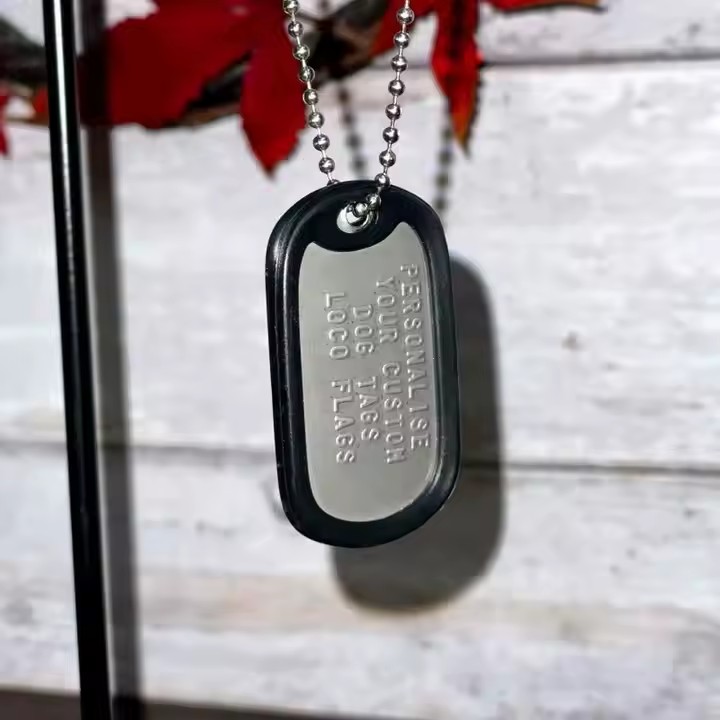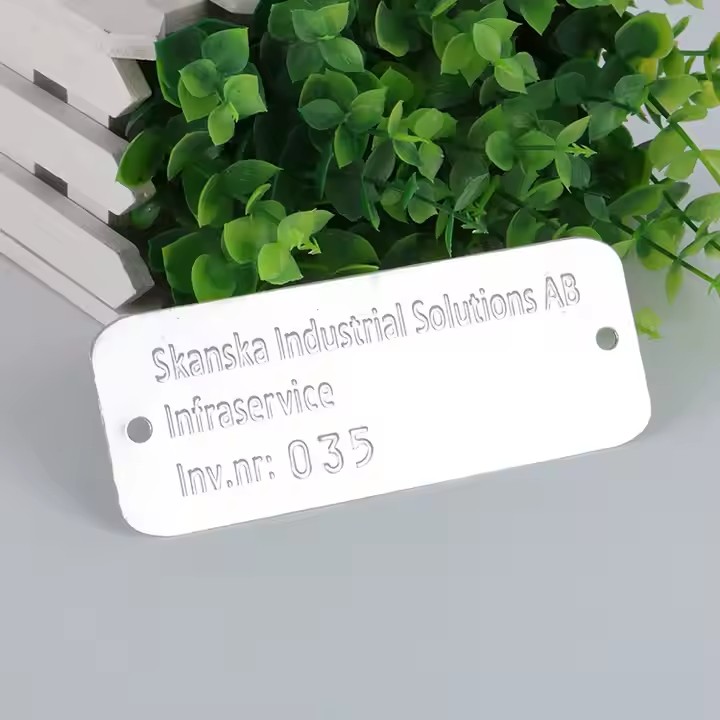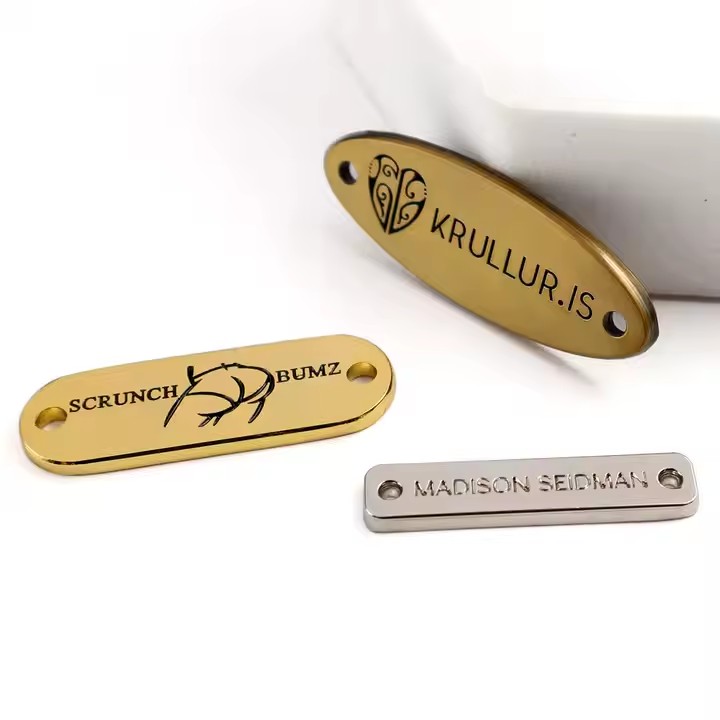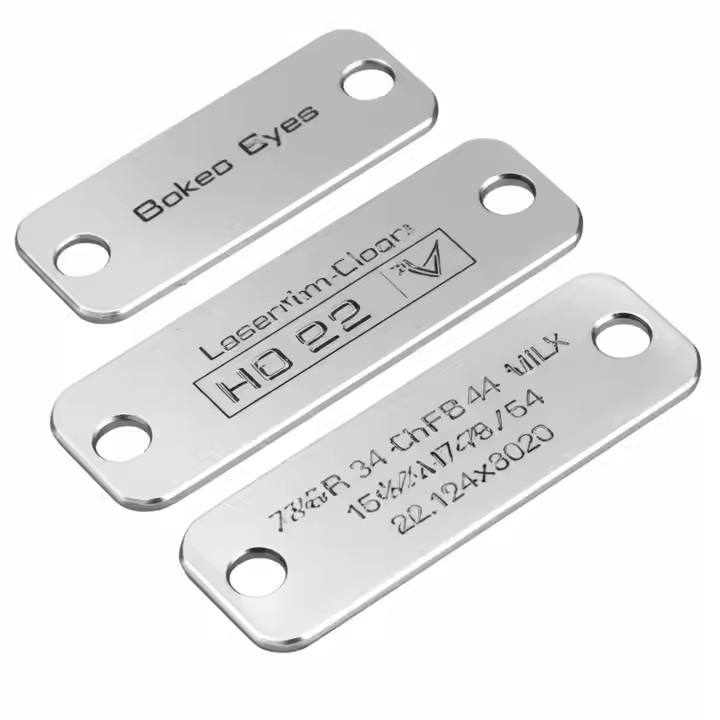
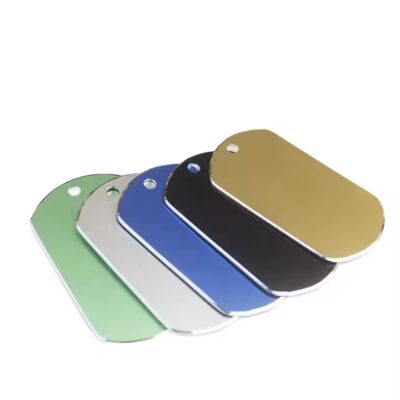
Anodizing Process Explained: Making Aluminum Tags More Durable
Introduction
Aluminum tags are widely used in industries where durability, resistance, and clear identification are crucial. But what makes anodized aluminum tags so reliable? The secret lies in the anodizing process—a surface treatment method that turns regular aluminum into a tough, corrosion-resistant material. In this post, we break down the anodizing process and explain how it significantly increases the longevity and performance of aluminum tags.
What Is Anodizing?
Anodizing is an electrochemical process that converts the surface of aluminum into a stable, hard, protective oxide layer. This layer becomes an integral part of the metal rather than just a surface coating. It enhances aluminum’s corrosion resistance, scratch resistance, and allows for permanent coloration or engraving.
Why Anodizing Matters for Aluminum Tags
-
Extended Lifespan: Anodized surfaces last significantly longer in outdoor or industrial conditions.
-
Chemical & UV Resistance: Ideal for exposure to weather, saltwater, oil, or cleaning agents.
-
Permanent Graphics: Laser engraving bonds with the anodized layer for lasting visibility.
-
Improved Aesthetics: Allows color dyeing without paint or stickers that can fade or peel.
The Anodizing Process: Step-by-Step
1. Surface Preparation
The aluminum sheet or tag blank is cleaned using alkaline or acid solutions to remove grease, oxides, and other surface contaminants.
Goal: Ensure a clean and uniform surface for effective anodizing.
2. Anodizing Bath
The clean aluminum part is immersed in an electrolytic bath—typically sulfuric acid. An electric current is applied, causing oxygen ions to bond with the aluminum.
Result: A thick, porous oxide layer forms on the surface.
3. Color Dyeing (Optional)
While the oxide layer is still porous, anodized aluminum can be dyed in black, red, blue, gold, etc. The dye penetrates the layer, resulting in long-lasting color.
Note: This step is optional, especially for clear or natural finishes.
4. Sealing
To complete the process, the porous surface is sealed using hot water or steam. This closes the pores and locks in the color or marking, improving corrosion resistance.
Outcome: A smooth, sealed, and extremely durable tag surface.
Types of Anodizing Used in Tags
-
Type II (Decorative Anodizing)
Standard thickness (5–15 microns), suitable for most labeling needs and color dyeing. -
Type III (Hard Anodizing)
Thicker and harder layer (up to 25 microns), ideal for extreme environments or military-grade tags.
Applications of Anodized Aluminum Tags
-
Industrial machine tags
-
Asset tracking labels
-
Outdoor equipment nameplates
-
Control panel identification
-
Electrical safety warnings
-
Medical device labeling
Advantages of Anodized Aluminum Tags Over Painted or Printed Tags
| Feature | Anodized Aluminum | Painted/Printed Tags |
|---|---|---|
| Durability | ★★★★★ | ★★☆☆☆ |
| UV/Weather Resistance | ★★★★★ | ★★☆☆☆ |
| Abrasion Resistance | ★★★★★ | ★☆☆☆☆ |
| Permanent Marking | Yes | No |
| Industrial Use Approved | Yes | Limited |
Conclusion
The anodizing process transforms standard aluminum into a high-performance labeling solution capable of withstanding tough conditions, from factories to outdoor environments. For any business looking for long-lasting, customizable, and cost-effective tags, anodized aluminum is the smart choice.
If you’re seeking durable identification solutions, anodized aluminum tags offer reliability you can trust.

